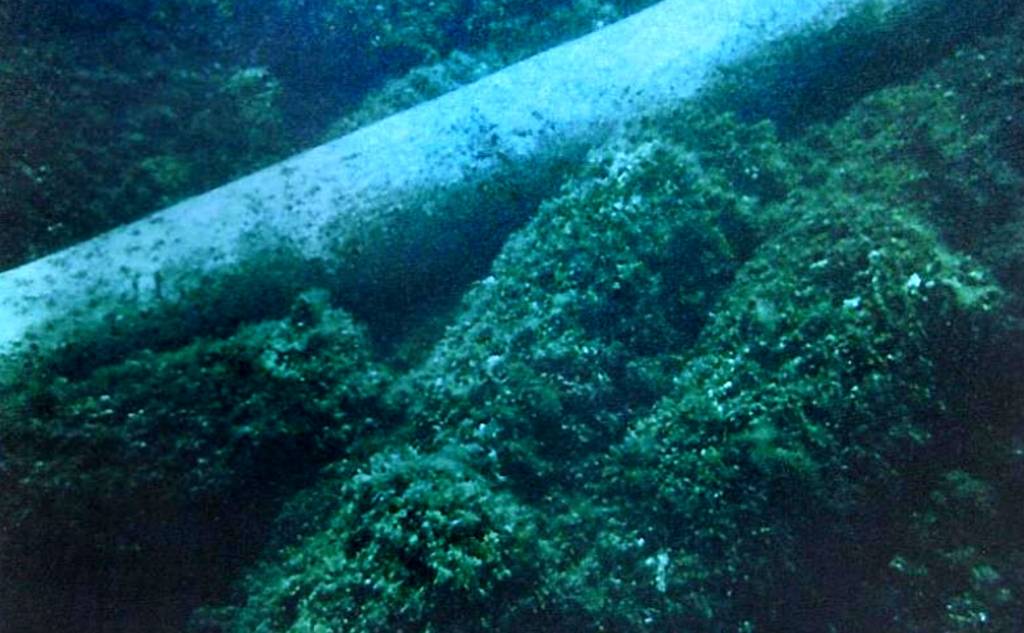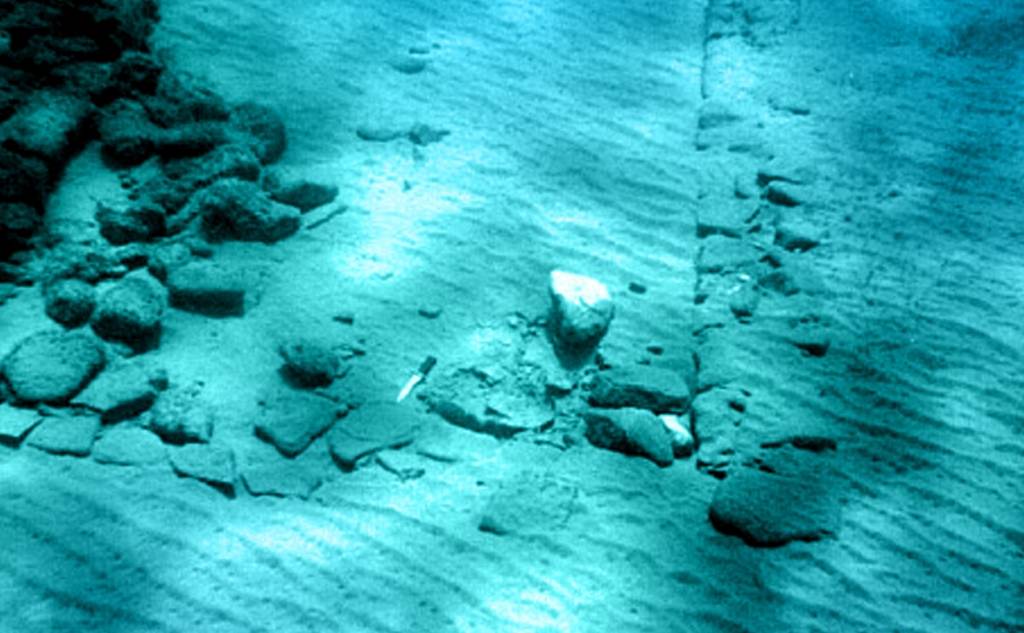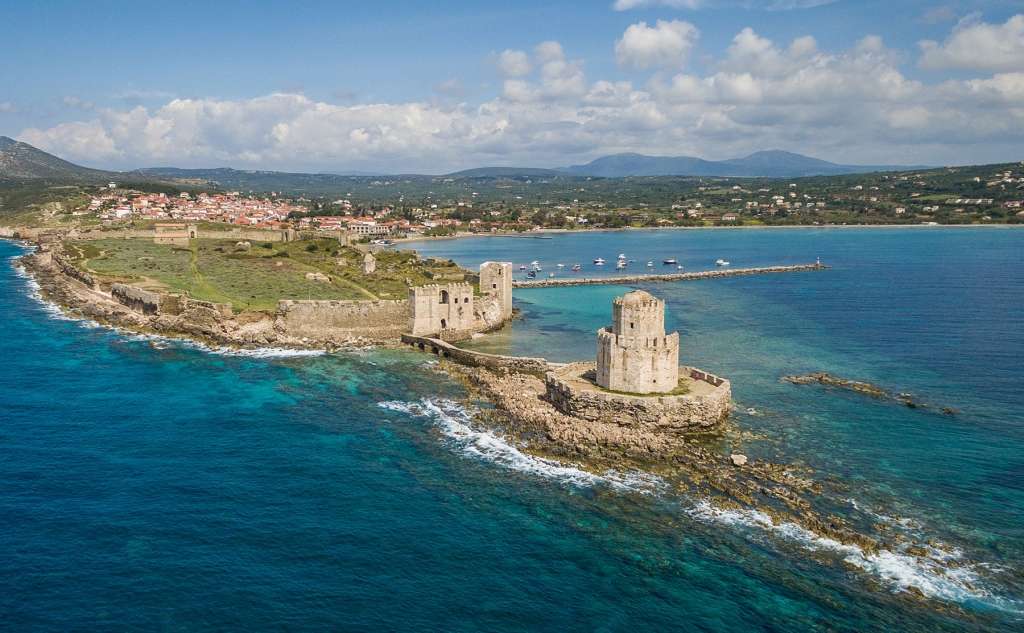Methoni's Underwater Archaeological Park
If you stand in front of the Methoni gulf, the scenery with the view of the Sapientza island and the impressive Bourtzi will enchant you. Imagine knowing what is going on at its bottom. Well, it's time to learn... because the Methoni narrows is so rich in findings from every era of antiquity as no other place in Greece.
THE UNDERWATER REMAINS OF PIDASOS
For the first time, Homer refers to the area of Methoni as “Pidasos”.
It was one of the seven "goodies" that Agamemnon offered to Achilles to appease him and persuade him to take part in the siege of Troy. According to Pausanias the “Pidasos” of the Mycenaean period was renamed to Methoni after the Trojan War.
In the eastern part of the bay, at a depth of 3.5-5.5 meters and an area of over 100 acres, there are remnants of a prehistoric settlement of 4,000 years of age. These stones, like house floor plans placed at the bottom, are what remained of the Homeric "Pidasos" when an extremely strong earthquake sank an entire city and kept it unspoiled under the water. It is only the second prehistoric settlement in Greece and the first one to be found underwater.
THE GALLEY WITH THE COLUMNS
At the beginning of the 1st century AD, the then powerful Rome was reigned by Octavian Caesar or Gaius Octavius or Augustus. In order to show his allegiance, Herod Philip II, son of Herod the Great, renamed the ancient city of Palestine Caesarea to Paniada. The city, which was located at the mouth of the Jordan river and until then had its name taken by a cave at the area that was dedicated to the god Panas, has since been known as Philip’s Caesarea. For the renaming of the city, an impressive peristyle was built, with granite columns that arrived there for this purpose from Aswan, Egypt.
The pillars were transported on Roman galleys, one of which sank in the Methoni narrows.
Today, at a depth of 7-8 meters, several pieces of broken granite columns and an intact column rest at the bottom of the bay, scattered at a distance of about thirty meters.
A piece of the red granite columns was removed from the wreck some time during the first Venetian domination. After being decorated with a Gothic capital, it was placed in the courtyard of the palace of the castellano of Methoni.
THE ROMAN SARKOPHAGES OF TROY
In the 2nd century AD, a Roman galley that started off from the coast of Troy, sank in the Methoni narrows. Its precious cargo, four sarcophagi with relief decorations, stayed at the bottom of the bay and was forgotten until it was discovered again in recent years and became one of the most important sights of the Methoni Submarine Park.








